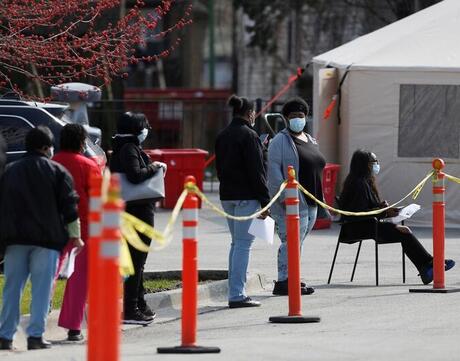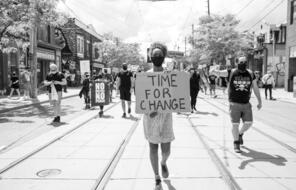
Why Is the Coronavirus Disproportionately Impacting Black Americans?
At a Glance
Language
English — USSubject
- History
- Social Studies
Grade
6–12- Racism
Overview
About This Mini-Lesson
In the United States, cities and states are reporting alarming data that reveals that the coronavirus is disproportionately impacting people who are black and, at least in New York City, Latinx people as well. In Chicago, black residents “are dying at a rate nearly six times greater than white residents,” and in Louisiana, “more than 70% of the people who have died are black, while African Americans only make up 32% of the state's population.” The CDC released data on April 8, 2020, which indicates that racial disparities in coronavirus hospitalizations are a nation-wide problem.
This mini-lesson is designed to help students learn about this disturbing trend and explore the underlying causes of racial inequity in coronavirus outcomes.
Preparing to Teach
A Note to Teachers
Before teaching this mini-lesson, please review the following information to help guide your preparation process.
Activities
Activities
Materials and Downloads
Resources from Other Organizations
Unlimited Access to Learning. More Added Every Month.
Facing History & Ourselves is designed for educators who want to help students explore identity, think critically, grow emotionally, act ethically, and participate in civic life. It’s hard work, so we’ve developed some go-to professional learning opportunities to help you along the way.
Exploring ELA Text Selection with Julia Torres
On-Demand

Working for Justice, Equity and Civic Agency in Our Schools: A Conversation with Clint Smith
On-Demand

Centering Student Voices to Build Community and Agency
On-Demand
















